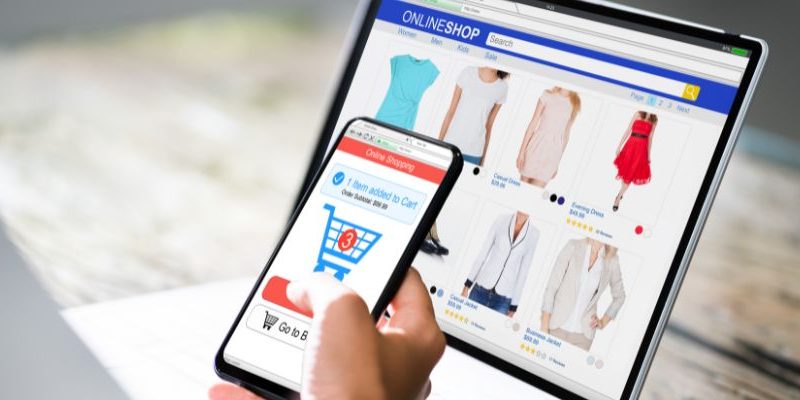In the competitive world of e-commerce, optimizing every aspect of your website for better search engine rankings and user experience is crucial. Internal linking is a powerful SEO tool that, if used wisely, can significantly improve your site’s navigability and increase sales. At Pristine Connections, we specialize in refining internal linking structures using best practices that align with advanced click wise design techniques. This article outlines key strategies to help e-commerce site owners avoid common internal linking mistakes and enhance their site’s performance.
Crafting a Robust Internal Linking Structure
Establishing a Clear Hierarchy
A well-defined site structure is essential for e-commerce success. It should clearly outline the main categories and subcategories, making it easy for both users and search engines to find products. Effective internal linking reinforces this hierarchy, guiding customers smoothly from general pages to more specific items.
Using Descriptive Anchor Texts
Avoid internal linking mistakes by using clear, keyword-rich anchor texts that tell users exactly what to expect when they click on a link. This not only improves SEO but also enhances the shopping experience by making navigation intuitive. Descriptive links are more likely to engage customers and encourage them to explore further.
Linking Deeply Within Your Site
One of the common internal linking mistakes is focusing too much on top-level pages. Ensure that you link deeper into the site, directing users towards specific products and categories that may otherwise remain unseen. Deep linking helps distribute page authority throughout the site, boosting the SEO performance of individual product pages.
Optimizing User Experience with Click Wise Design
Ensuring Mobile-Friendly Links
With the majority of users accessing sites via mobile devices, implementing click wise design for mobile is non-negotiable. Ensure that links are easy to click on a smaller screen and that they do not lead to user frustration or accidental clicks, which can increase bounce rates and negatively impact SEO.
Balancing Link Placement and Page Layout
Effective click wise design ensures that links are placed where users will naturally look for more information. This includes the use of well-placed call-to-action buttons and links within product descriptions that guide users to related products or informative content, enhancing user engagement and time on site.
Monitoring and Adjusting Link Performance
Use analytics to track how users interact with your internal links. Identifying which links perform best can give you insights into user preferences and help refine your strategy. Adjusting non-performing links or enhancing those that do well can significantly improve the effectiveness of your internal linking strategy.
Enhancing SEO Through Strategic Internal Linking
Linking for Improved Indexability
Use internal links to ensure all relevant pages, especially new product pages and categories, are easily discoverable by search engines. This improves indexability and helps newer pages gain traction faster in search engine results pages (SERPs).
Using Links to Signal Page Relevance
Strategic use of internal links can help search engines understand which pages on your site are most important. This is done through the volume of links pointing to a particular page, signaling its relevance and importance, thereby influencing its ranking in SERPs.
Avoiding Over-Optimization
Be cautious not to over-optimize with too many internal links containing exact-match anchor text. Such internal linking mistakes can lead to penalties from search engines. Instead, focus on creating a natural flow of links that enhance the user’s journey and improve the overall coherence of your site.
Final Wordings
At Pristine Connections, we understand that mastering internal linking strategies is vital for the success of e-commerce websites. By avoiding common internal linking mistakes and implementing click wise design, your site can achieve better SEO results, enhanced user engagement, and ultimately, increased sales. Proper internal linking not only connects content but also connects customers to their desired products more efficiently. Get in touch with us to optimize your e-commerce platform and turn it into a thriving digital marketplace.
FAQ’s
Internal linking is crucial for e-commerce websites as it helps improve SEO by spreading link equity throughout the site, enhances site navigation, making it easier for customers to find products, and increases the chances of conversions by strategically guiding users through the buying journey.
Use clear, descriptive anchor texts that accurately describe the linked page’s content. Avoid generic phrases like “click here.” Instead, use relevant keywords that not only improve SEO but also give users a clear idea of what to expect when they click a link, such as “vintage blue denim jacket” or “learn more about wireless headphones.”
To ensure new product pages are indexed and gain visibility quickly, link to them from high-authority pages like your homepage or main category pages. Also, include links in related product sections and blog posts where appropriate to enhance discoverability.
Yes, linking to both categories and individual products is advisable. Links to category pages help users find a broader range of products, while links to individual products can direct them precisely to what they’re looking for, which can improve user experience and sales.
While there is no set number, it’s important to balance sufficient linking for SEO benefits with a good user experience. Avoid cluttering pages with excessive links; instead, focus on linking meaningfully to relevant content that improves the shopper’s journey.







